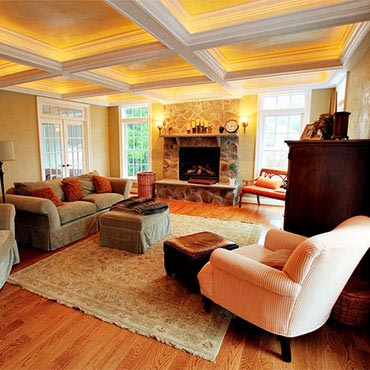

Guide

Oriental rugs are fine crafted rugs that contribute nicely to any formal or informal setting in your home. Oriental rugs blend wonderfully with contemporary, formal, ornate, casual and traditional decorating styles.

Knotting by hand is most prevalent in oriental rugs and carpets. Kashmir carpets are also hand-knotted. Pile carpets, like flat carpets, can be woven on a loom.

Explore our Reproduction Antique Rugs, crafted to capture classic elegance with timeless appeal. Perfect for adding vintage charm and sophistication to any room.

Discover the unique beauty of Caucasian Rugs with their intricate designs and rich cultural history. Perfect for adding a touch of tradition and elegance to any room.

The centuries-old Chinese textile industry is rich in history. While most antique carpets are classified according to a specific region or manufactory, scholars attribute the age of any specific Chinese rug to the ruling emperor of the time.

Carpet-weaving in Persia dates back to the Bronze Age. Common motifs include scrolling vine networks, arabesques, palmettes, cloud bands, medallions, and overlapping geometric compartments rather than animals and humans.

Turkish carpets (also known as Anatolian), whether hand knotted or flat woven, are among the most well known and established hand crafted art works in the world. The carpets are always hand made of wool or sometimes cotton, with occasional additions of s

Pakistani craftsmen have the capacity to produce any type of carpet using all the popular motifs of gulls, medallions, paisleys, traceries, and geometric designs in various combinations.

Under the patronage of the Mughals, Indian craftsmen adopted Persian techniques and designs. Indian carpets are known for their high density of knotting. Hand-knotted carpets are a speciality and widely in demand.